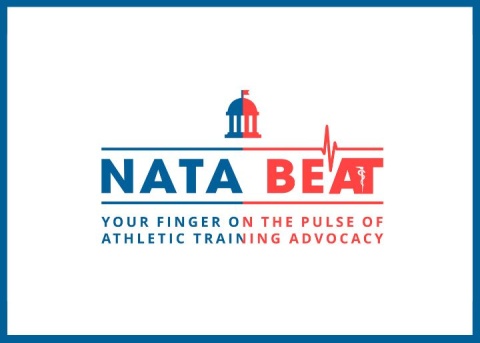
Introduced in the April NATA News, this NATA Now article series provides insight into the different athletic training settings as well as information athletic training students and interested ATs need to know. The series also provides tips from members on how to succeed in each setting.
Kevin Brown, MEd, ATC, athletic trainer at the Louisville Ballet and the Vision Dance Center, has been in the performing arts setting for 15 years. Brown said he grew up in the theater world, after which he found athletic training. He spent seven years in Division I athletics, then transitioned into a high school outreach role, during which a physical therapist with his organization needed help covering the Louisville Ballet.
“I had the opportunity to cover a few shows and was reminded how much I loved being in the theater and around performers,” Brown said. “I slowly built up my time in the performing arts until I was able to transition to an administrative role, which gave me more time for performing arts.”
Keep reading to learn more about the performing arts setting from Brown.
Typical Makeup of Your Population
I work with a wide population. At Louisville Ballet, I work with men and women age 18 to 43. With Louisville Ballet School and the Vision Dance Center, I work with school-aged populations, usually 6 to 18 years old. For Actors Theatre, it varies by show. The majority of the actors are adults (age 18 to early 70s), but we have some kids in certain shows.
Non-AT-Related Skills/Education/Certification Required or Helpful for Your Setting
Have an understanding and appreciation for the performing arts – many of these artistic athletes don’t get regular health care – as well as a desire to learn. Performing artists are willing to explain the demands of their roles and help you help them.
Common Injuries Observed or Encountered in Your Setting
This varies by setting. With ballet, we frequently see foot and ankle injuries along with hip and low back. I would say a significant percentage are overuse or mechanics issues versus acute injuries. The actors have injuries across the board depending on the demands of the role, including fighting or other heavy physical activities.
Traits of a Successful AT in Your Setting
Willingness to listen and learn; flexibility with frequently changing schedules, which may not be unique – I feel that all athletic trainers experience this to some degree; strong manual therapy skills; adaptability; and ability to think outside the box about how to create a corrective exercise for an off-the-wall mechanism or role demand.
Misconceptions About Your Setting and/or Patient Population
Although this is improving, many people don’t think about our patients as athletes, despite the demands on their bodies. In a traditional sport, everyone wants to see the athlete working hard. In ballet, the goal is to make something physically demanding look easy.




